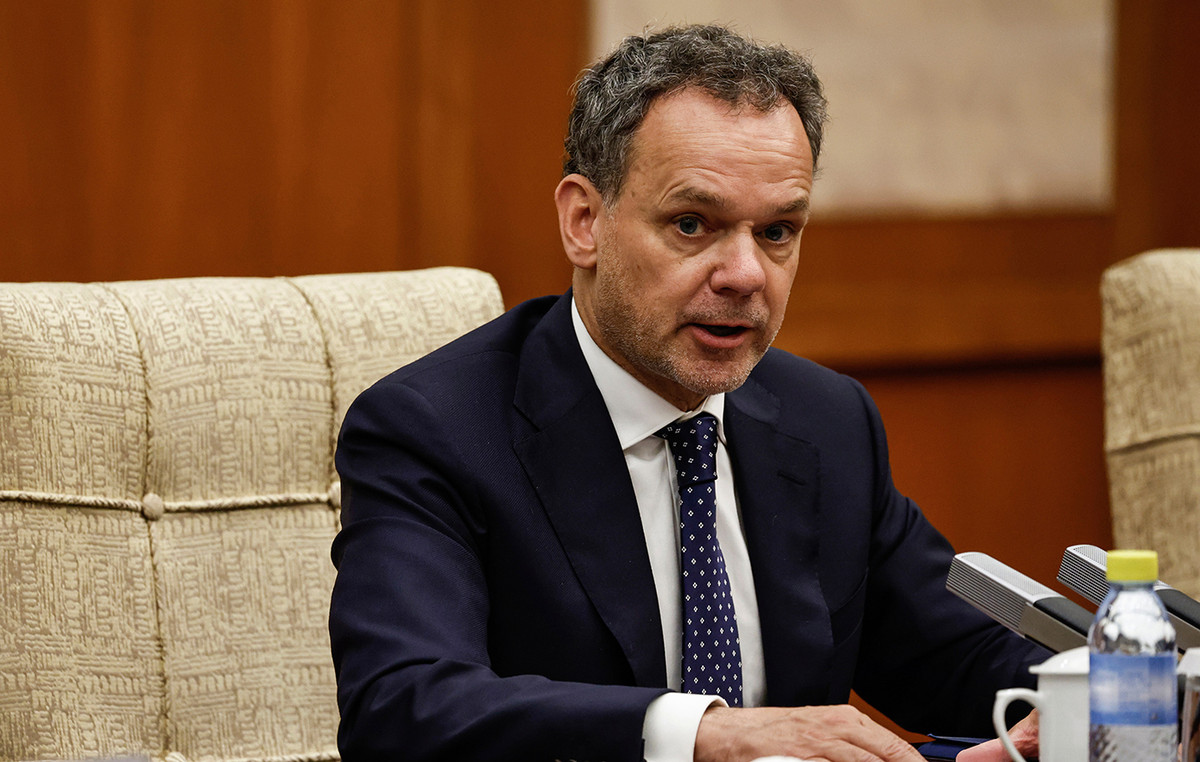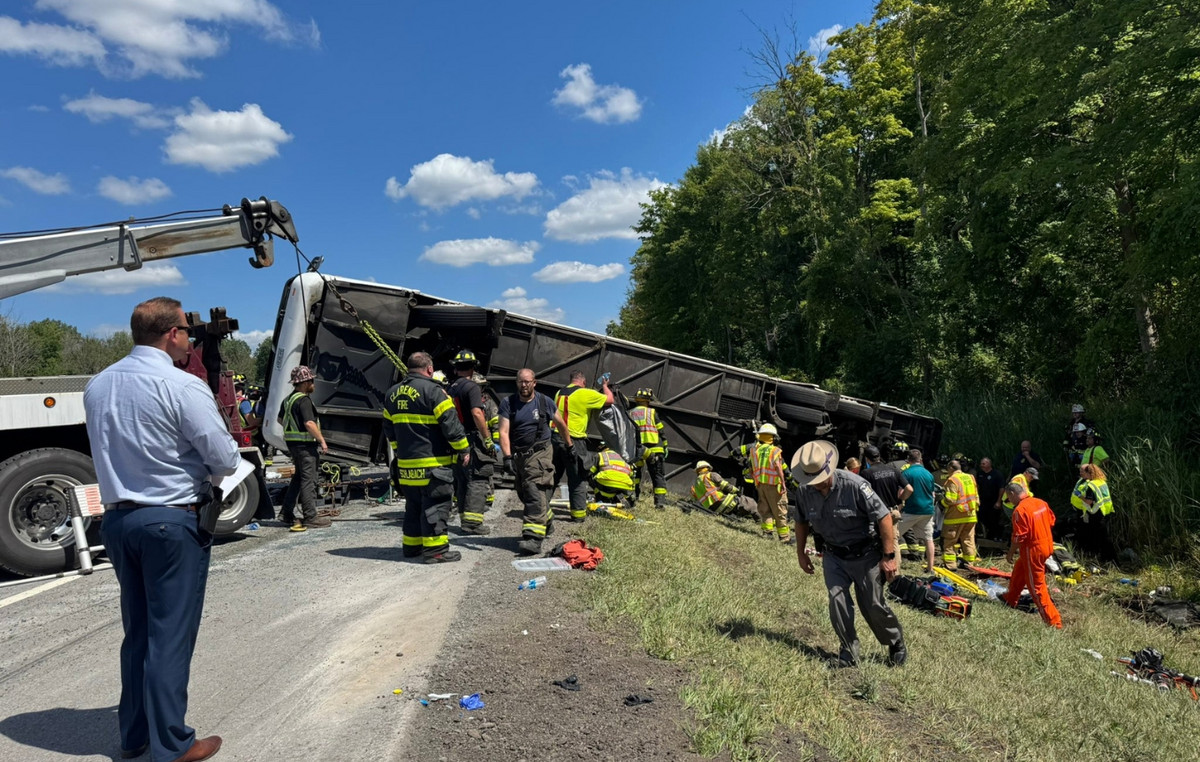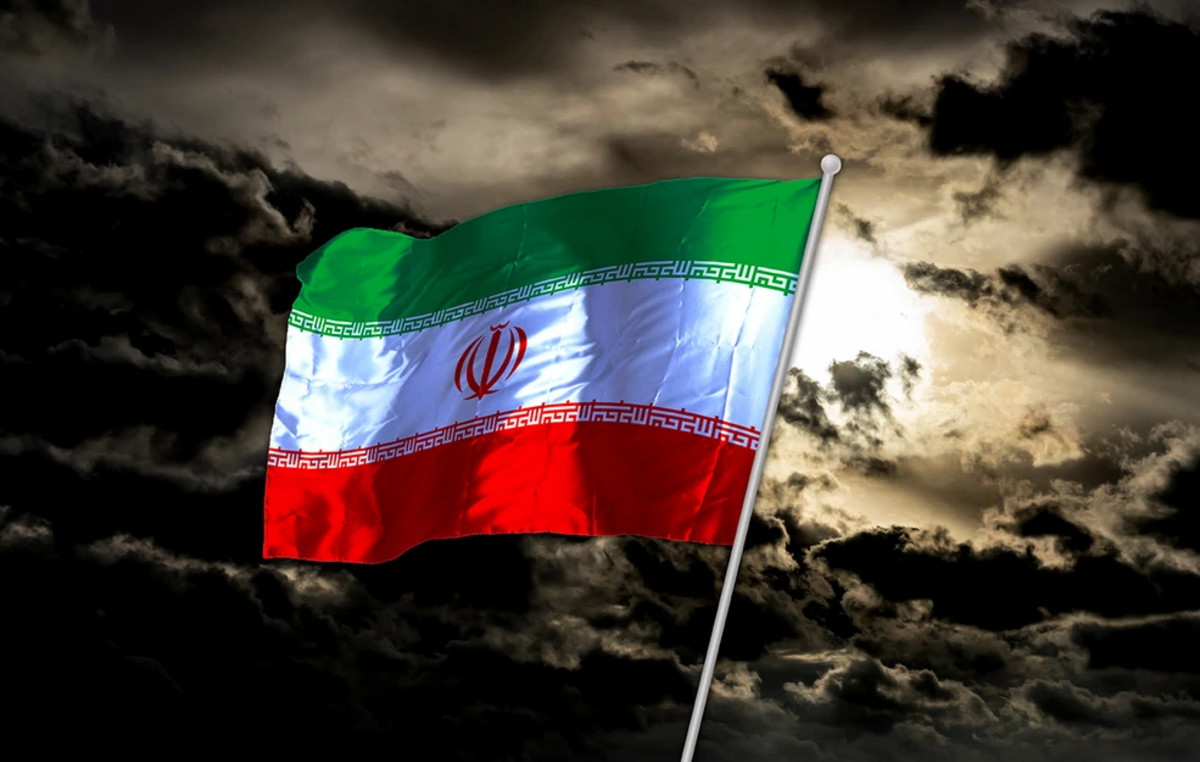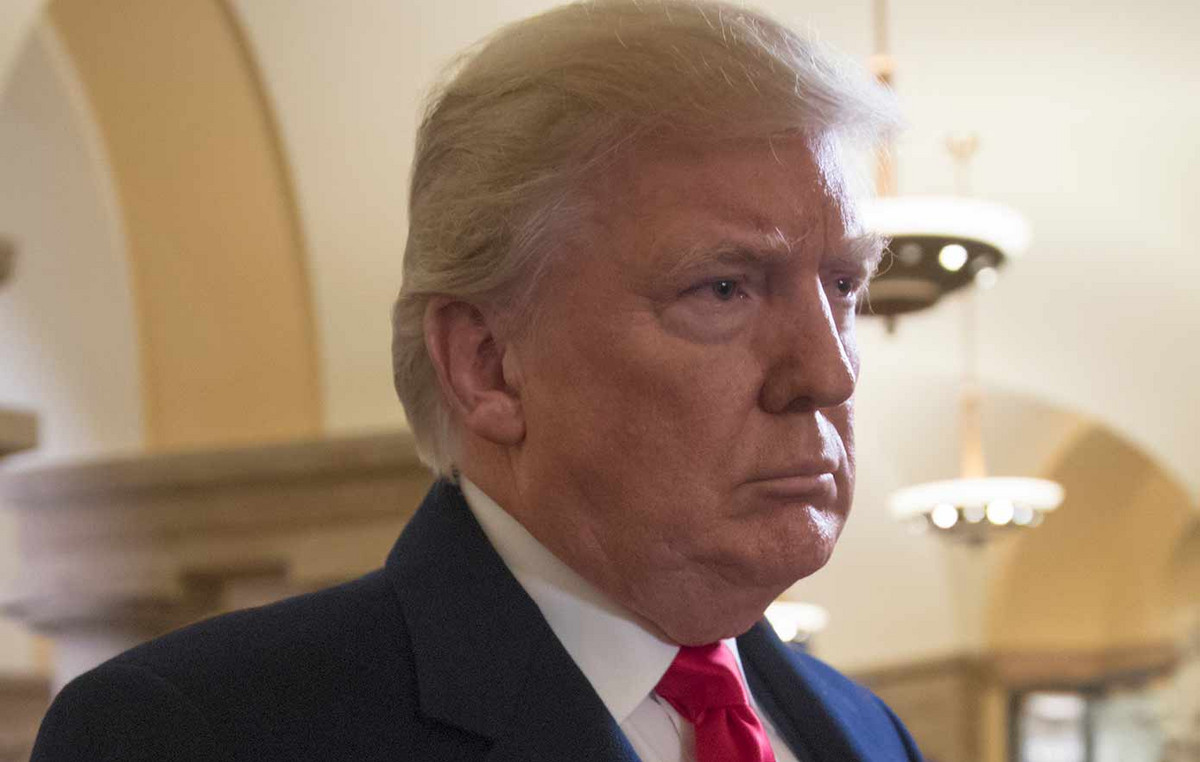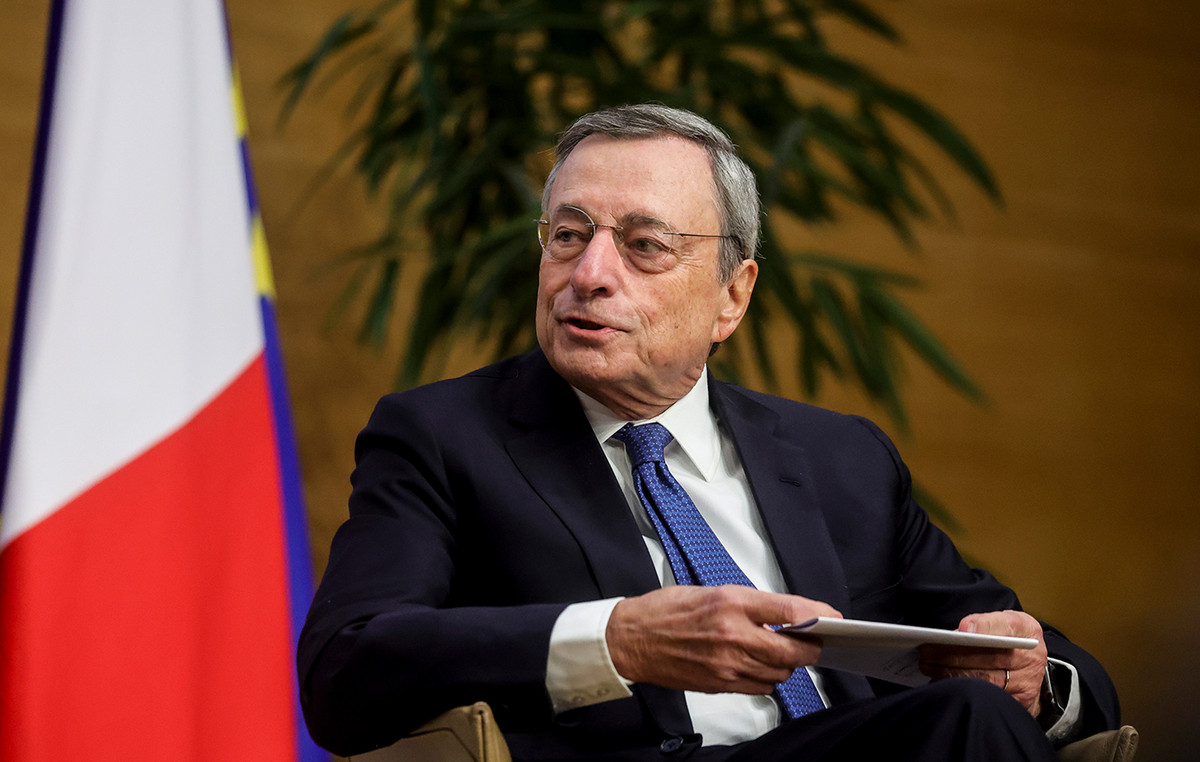A trio of researchers was able to “predict” that Robert Prevost would be elected the new Pope in the conclave held earlier this month. The group created a statistical model that took into consideration several points and evaluate which cardinals would be most likely to become pontiff.
Giuseppe Soda, Alessandro Iorio and Leonardo Rizzo applied methods of social connection analysis within the Cardinal College.
“Our starting point is simple. Even in the church, as in any human organization, relationships import. The more connected, ear and central an individual is in the flow of information, the more likely to become a unifying figure,” explains Giuseppe Soda, a teacher of organization at Bocconi University.
At the end of the study, they set up three rankings and classified the “orientation” of the cardinals. In one of the lists, Prevost was the best placed, while in another, one Brazilian was quoted:
Top 5 by status:
- Robert Prevost (Moderate, USA)
- Lazzaro You Heung-Sik (moderate liberal, South Korea)
- Arthur Roche (moderate liberal, United Kingdom)
- Jean-Marc Aveline (moderate liberal, France)
- Claudio Gugerotti (moderate liberal, Italy)
Top 5 in Information Control
- Anders arborelius (moderate conservative, Sweden)
- Pietro Parolin (Liberal, Italy)
- Victor Fernández (Liberal, Argentina)
- Gérald Lacroix (moderate, Canada)
- Joseph Tobin (Liberal, USA)
Top 5 in coalition construction capacity
- Luis Antonio Tagle (moderate liberal, Philippines)
- Angel Fernández Artime (moderate liberal, Spain)
- Gérald Lacroix (moderate, Canada)
- Fridolin Besungu (moderate conservative, Congo)
- Sérgio da Rocha (moderate liberal, Brazil)
In any case, the researchers pointed out that they did not intend to predict the result of the conclave itself, a “oracle”, but create a tool to “read the context.”
Explaining the model
The researchers built the model using three main sources:
- Official Associations (Dicker, Commissions, Advice and Academies of the Roman Curia): These data reveal those who work with whom and in which institutional contexts
- Episcopal Consecration Lines: Each cardinal was ordered by others, and these “spiritual genealogies” build strong ties of loyalty and recognition
- Informal relationships: Maps through reliable journalistic sources, they include ideological affinities, mentoring relationships and participation in clientelism networks.
With this, they produced a “systemic map” of the Cardinal College.
According to the University of Bocconi, the innovation of the study concerns the definition of three criteria that determine the “prominence” of a cardinal in the ecclesiastical network. They are:
- Status
- Information Control
- Ability to build coalition
The first point is measured by what they called the “centers of the self -survey”, rewarding the cardinals that are connected not only to many colleagues but also to the most influential.
The second is estimated by the “centrality of intermediation”, identifying those who act as connection points between different groups.
The third point is calculated using a compound index that combines grouping (which reflects how part of a cohesive group based on trust and capable of providing strong support – direct influence – Through the centrality of the cardinal, which measures how many direct connections he has (the greater the degree, the greater the influence and popularity) – and strategic role (That is, to what extent a cardinal can act as a social bridge thanks to its position in the center of conversations or connections among other members of the network, improving its ability to build alliances between groups).
Finally, the researchers point out that they added a crucial element to the model: the age of the cardinal.
They explained, the model has a statistical correction based on the middle age of the popes elected since 1800.
This content was originally published in researchers “predicted” who would be the new Pope; Understand on CNN Brazil.
Source: CNN Brasil
Bruce Belcher is a seasoned author with over 5 years of experience in world news. He writes for online news websites and provides in-depth analysis on the world stock market. Bruce is known for his insightful perspectives and commitment to keeping the public informed.


